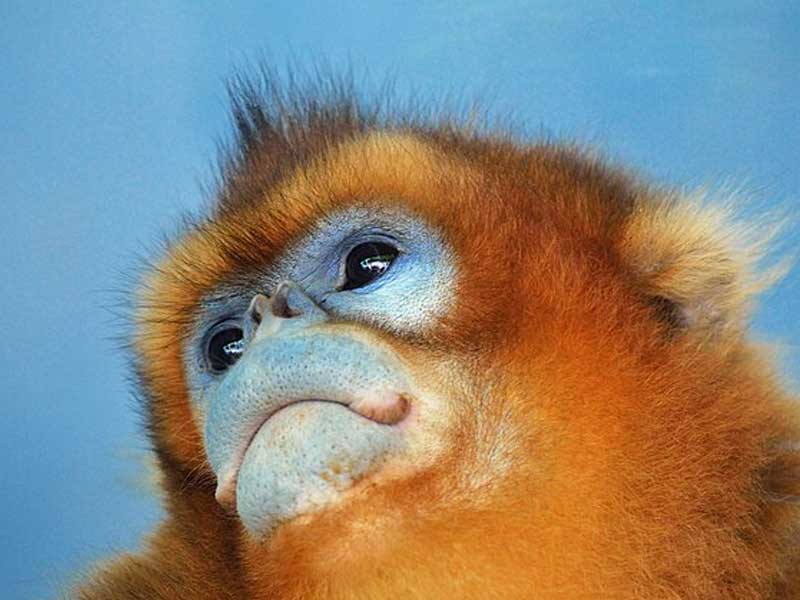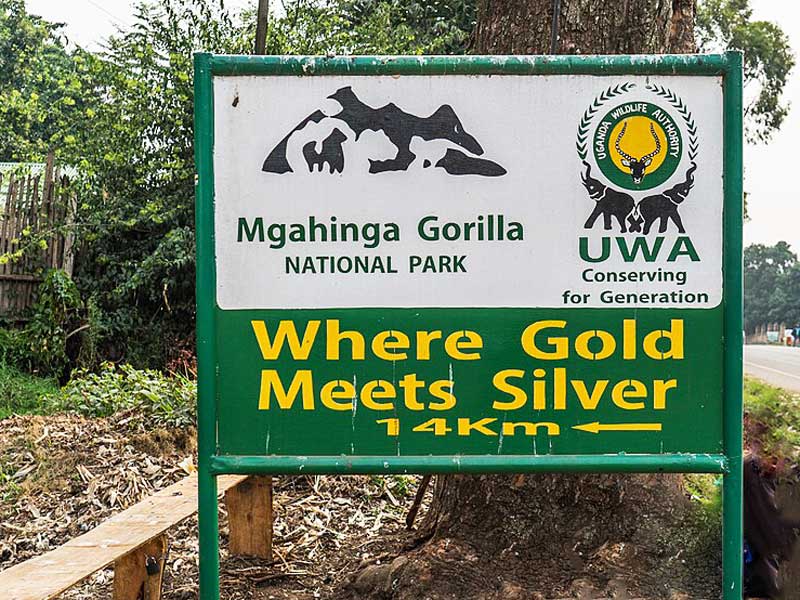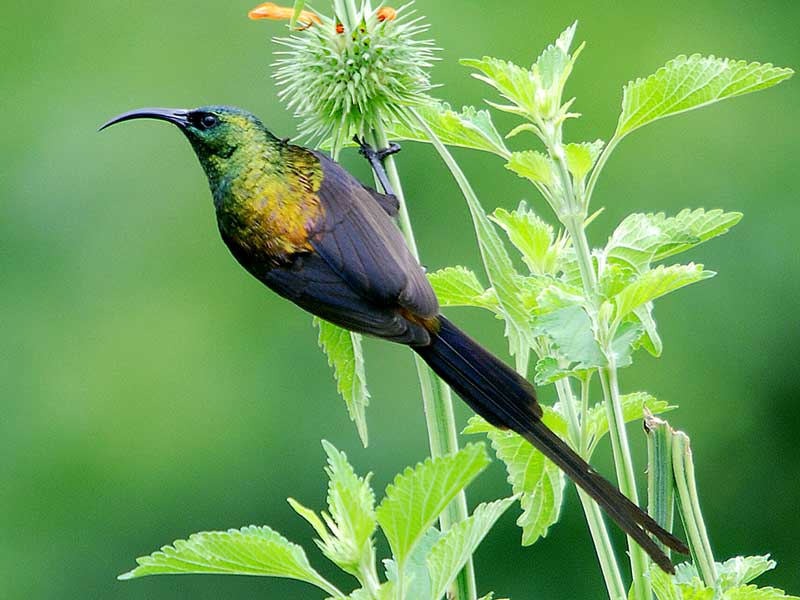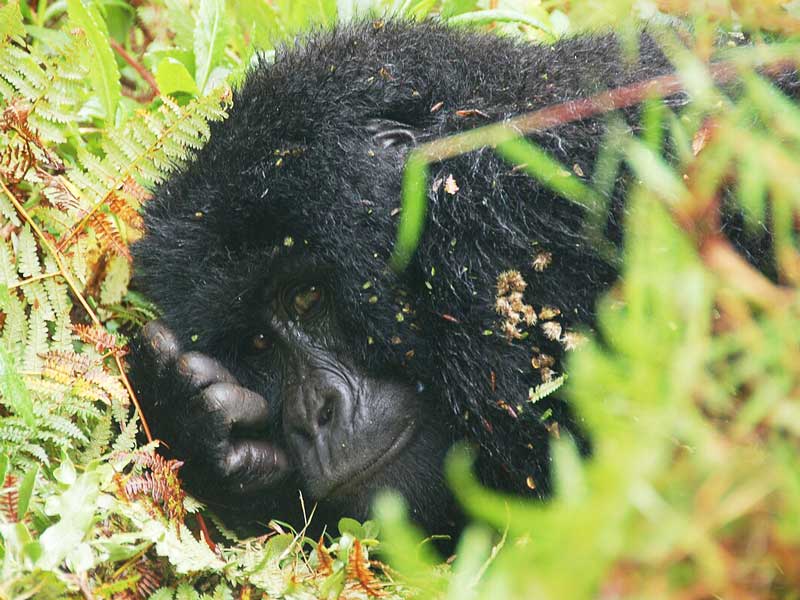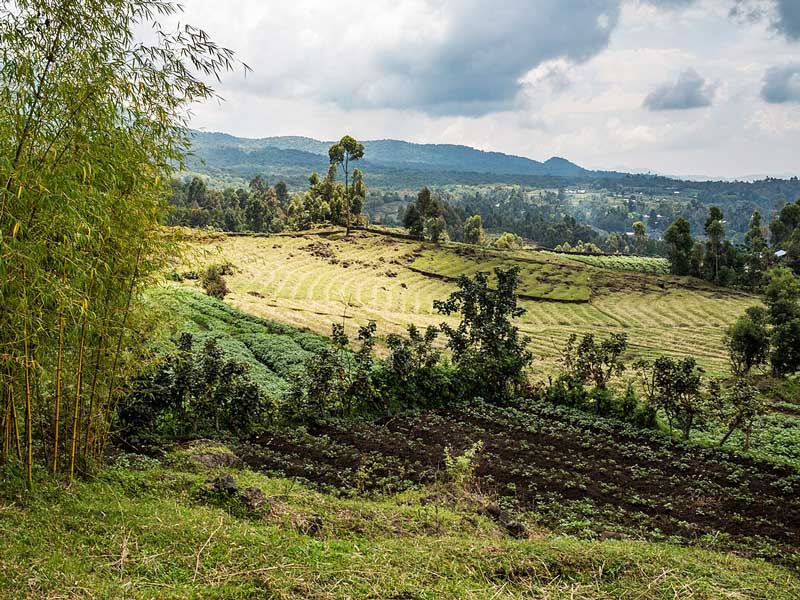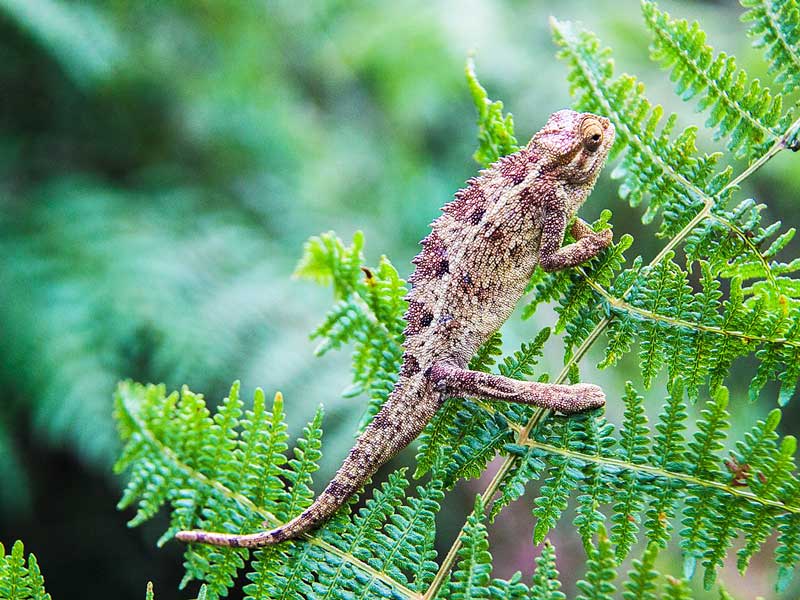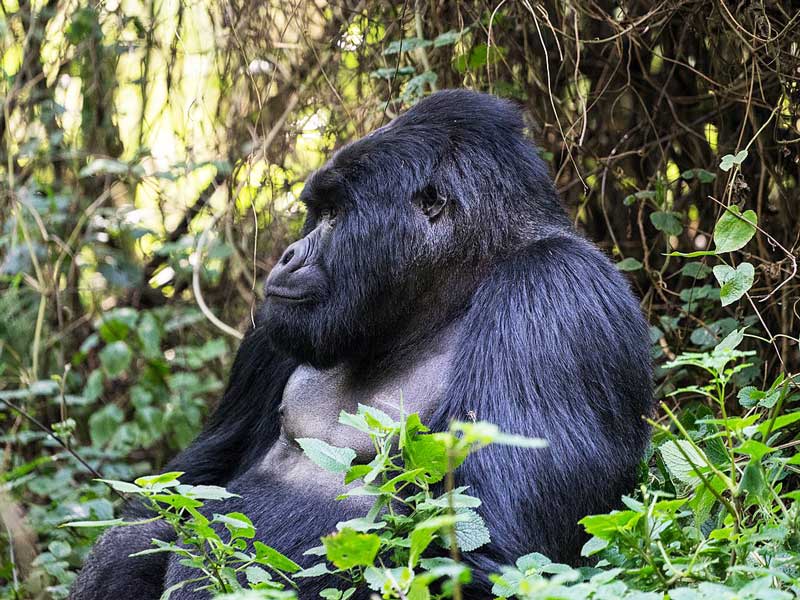Nestled in the Virunga Mountains, on Uganda’s southwestern border, lies Mgahinga Gorilla National Park. Though the smallest of Uganda’s national parks, covering just 33.7 square kilometers, Mgahinga is a treasure trove of biodiversity, adventure, and cultural heritage.
It forms part of the larger Virunga Conservation Area, which straddles the borders of Uganda, Rwanda, and the Democratic Republic of Congo, an area famous for its rich wildlife and scenic landscapes. This park, often overshadowed by its larger neighbor Bwindi Impenetrable National Park, offers an intimate and unique experience for those who visit.
The Majestic Gorillas of Mgahinga
The main attraction of Mgahinga Gorilla National Park is, without a doubt, its population of mountain gorillas. These critically endangered creatures are a wonder to behold, and the park provides one of the most exclusive opportunities to observe them in their natural habitat.
Unlike Bwindi, which hosts multiple habituated gorilla families, Mgahinga is home to a single habituated group known as the Nyakagezi family.
The Nyakagezi group is unique for its frequent cross-border movements between Uganda, Rwanda, and the Democratic Republic of Congo. This mobility adds a layer of unpredictability to gorilla trekking in Mgahinga, making every trek a unique adventure.
The group’s home range, however, is mainly within the park’s bamboo and montane forests, making Mgahinga a reliable destination for gorilla tracking.
Trekking to see these gentle giants is an experience like no other. As you navigate the thick undergrowth, you are constantly on the lookout for signs of gorilla activity—broken bamboo, fresh dung, and the distant sounds of gorilla calls.
Upon encountering the gorillas, all the hard work pays off as you watch them go about their daily lives, feeding, playing, and resting. The experience is both humbling and exhilarating, offering a profound connection with one of our closest relatives.
Beyond Gorillas: The Park’s Rich Biodiversity
While gorilla trekking is the park’s headline act, Mgahinga offers much more for nature enthusiasts. The park’s diverse ecosystems, ranging from bamboo forests to montane forests and afro-alpine moorlands, are home to a variety of wildlife.
Golden monkeys, another endangered primate species, can be found here. These lively and colorful monkeys are often spotted leaping from tree to tree, their bright orange fur contrasting sharply with the green canopy.
Birdwatchers are also in for a treat, as Mgahinga is home to over 180 bird species, including the Rwenzori turaco, crowned eagle, and Shelley’s crimson-wing. The park’s diverse habitats provide excellent opportunities for birding, with both forest and high-altitude species present.
Mgahinga’s three volcanoes—Mount Muhabura, Mount Gahinga, and Mount Sabyinyo—dominate the landscape, offering thrilling hiking opportunities. Each mountain provides a different challenge and reward. For instance, climbing Mount Sabyinyo, whose summit marks the meeting point of Uganda, Rwanda, and Congo, is a particularly challenging yet rewarding hike, offering stunning panoramic views of the Virunga range.
Cultural Richness: The Batwa Experience
Mgahinga Gorilla National Park is not just a haven for wildlife; it is also a place of profound cultural significance. The Batwa people, often referred to as the “keepers of the forest,” are the original inhabitants of the Virunga Mountains. For thousands of years, they lived in harmony with the forest, relying on it for food, shelter, and medicine.
The Batwa Trail, an initiative led by the Batwa community, offers visitors a chance to learn about their rich cultural heritage. Guided by Batwa elders, the trail takes you through the forest, where you learn about traditional hunting and gathering techniques, medicinal plants, and the Batwa’s spiritual relationship with the forest.
The trail culminates in a visit to the Garama Cave, a sacred site for the Batwa, where traditional songs and dances are performed. This experience is not only educational but also deeply moving, offering a glimpse into a way of life that is fast disappearing.
Conservation Efforts and Community Involvement
The survival of Mgahinga Gorilla National Park’s wildlife and the preservation of its ecosystems depend heavily on conservation efforts. The Uganda Wildlife Authority, along with various conservation organizations, works tirelessly to protect the park’s biodiversity. Anti-poaching patrols, habitat restoration projects, and community education programs are all part of these efforts.
Crucially, the local communities play a vital role in the park’s conservation. Initiatives that involve them in tourism and conservation activities have helped reduce human-wildlife conflicts and ensure that the benefits of tourism are shared. Revenue from gorilla permits, for example, is used to fund community projects such as schools, health centers, and clean water initiatives.


